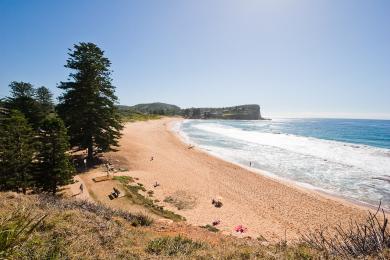Overview
The Grey Nurse Shark, also known as the Sand Tiger Shark, is characterized by their grey to brown coloration, with darker spots and blotches. Their bodies are stout and fusiform, with a blunt snout and large, rounded pectoral fins. They are distinguished from similar species, such as the Sandbar Shark, by their larger size, more robust build, and the presence of a prominent ridge along their back.
Commonly found in:
- Australia
- South Africa
- New Zealand
- Japan
- South Korea
- China
- Taiwan
- Indonesia
- Philippines
- Malaysia
- Thailand
- Vietnam
- India
- Sri Lanka
- Madagascar
There have been 38 recorded attacks by Grey Nurse Sharks. Of these attacks, they have occurred at sea and at the following beaches:
Size and Weight
- Size: Males average between 6.6-9.8 feet when mature; females average between 9.2-10.8 feet when mature
- Weight: Males typically weigh 190-230 pounds; females typically weigh 220-330 pounds
- Swimming speed: Both sexes swim at speeds of 2.2-2.5 mph
Interaction with Humans
- Interaction with Humans: Generally docile and non-aggressive towards humans
- Avoidance: Stay out of coastal waters at night, avoid areas with steep drop-offs
- Activity: Most active at night and during twilight hours
Lifespan and Diet
- Lifespan: Males live approximately 30-40 years; females live approximately 35-40 years"
- Diet: Primarily fish, small sharks, rays, and squid; hunts by stealth and ambush
Migratory Patterns
Grey Nurse Sharks exhibit seasonal migration patterns along the east coast of Australia. They move northward during winter months, traveling from New South Wales to southern Queensland. In summer, they return southward, with some individuals reaching as far as Tasmania. These sharks also show site fidelity, returning to specific areas along their migratory route, particularly for mating and pupping.





